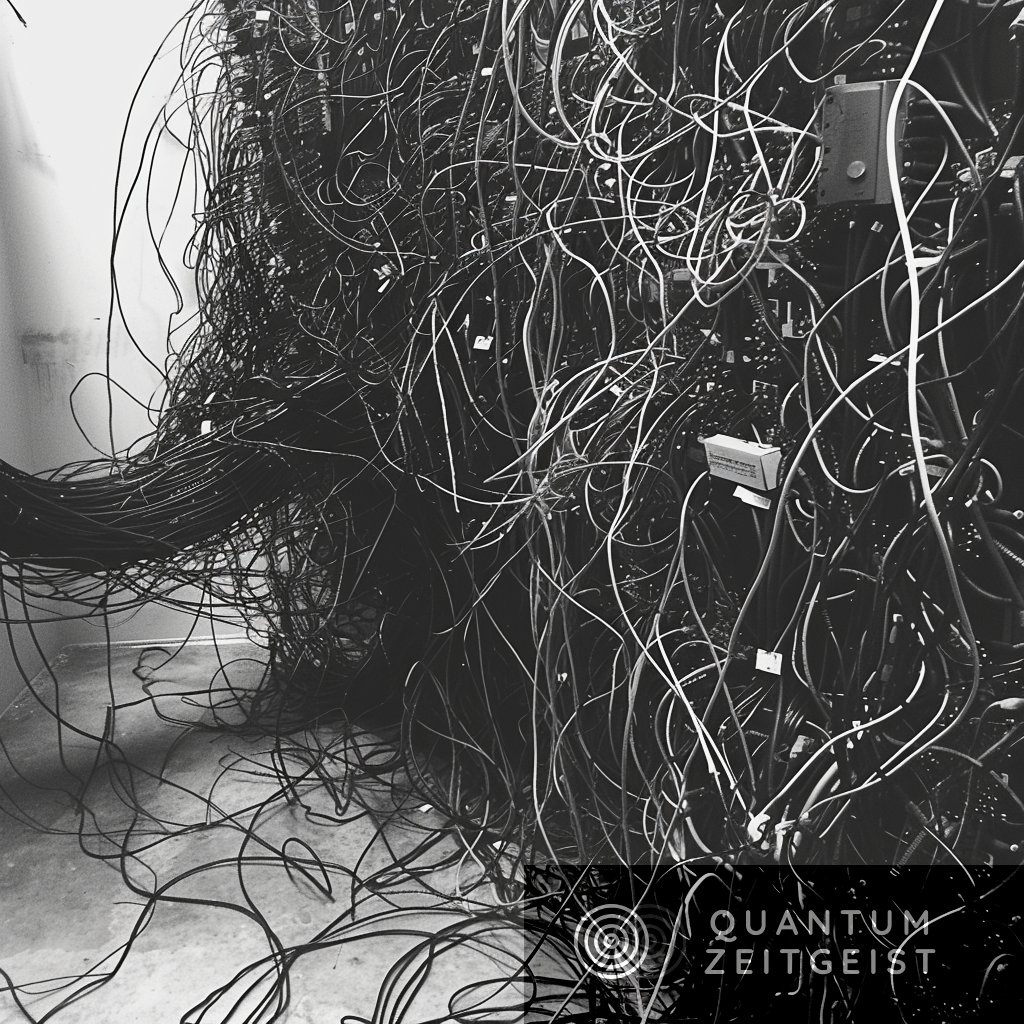Quantinuum researchers have made significant progress in quantum computing by addressing the “wiring problem” and “sorting problem” associated with scaling up the number of qubits. They developed a new approach that minimizes the number of signals needed to control the qubits, using a fixed number of analog signals and a single digital input per qubit. This was achieved with a new trap chip arranged in a 2D grid. The team demonstrated qubit transport and sorting with impressive results, proving the reproducibility of their system. Key individuals involved include Curtis Volin, Principal R&D Engineer and Scientist, and Ian Hoffman, a Lead Physicist at Quantinuum.
Quantum Computing: Tackling the Scaling Problem
Quantum computing holds the potential to revolutionize various fields, including machine learning and drug design. However, the challenge lies in building a computer with a sufficient number of qubits that function as required. The scaling problem, one of the most significant issues in quantum computing, revolves around increasing the number of qubits and ensuring their proper functioning.
A crucial aspect of scaling is the “wiring problem.” To perform the necessary operations for computation, control signals must be sent to each qubit. Current quantum computers require a substantial number of control signals sent individually to each qubit. As the number of qubits increases, the number of control signals must also increase, which is not only impractical and costly but also physically impossible due to wiring limitations. This is a universal problem faced by all quantum computing companies, and each architecture must find its unique solution.
Quantum Computing: The Sorting Problem
Another significant issue in scaling is the “sorting problem.” Ideally, qubits should be movable to facilitate interaction. While not strictly necessary, as evidenced by superconducting architectures, this feature allows for a more flexible and robust design. The ability to move qubits around provides “all-to-all connectivity,” which offers several advantages, including access to ultra-efficient high-density error-correcting codes, low-error transversal gates, and algorithms for simulating complex problems in physics and chemistry.
Quantinuum’s Solution to the Scaling Problem
Quantinuum has made significant progress in addressing the scaling problem. They have developed an innovative approach to minimize the number of signals needed to control the qubits, without a prohibitive increase with the number of qubits. The scheme uses a fixed number of analog signals, independent of the number of qubits, plus a single digital input per qubit. This is the minimum amount of information needed for complete motional control. This was achieved using a new trap chip arranged in a 2D grid, uniquely designed to balance the symmetry required to make a uniform trap with the capacity to break the symmetry in a way that provides “direction.”
Quantinuum’s Approach: Solving the Wiring and Sorting Problems
Quantinuum’s approach effectively addresses both the wiring and sorting problems. The company has designed a trap that can be run with a reasonable number of signals within a framework for a scalable architecture. The team demonstrated qubit transport and sorting with impressive results, including a swap rate of 2.5 kHz and very low heating. The low heating underscores the quality of the control system, while the swap rate highlights the importance of a 2D grid layout. This demonstration was conducted on three separate systems, proving its reproducibility and commercial-quality result.
This demonstration is a testament to Quantinuum’s dedication and capability in the full design process, from conception to delivery. The team designed a new trap chip under strict engineering constraints, successfully fabricated the chip with high quality, and demonstrated excellent experimental results on the new system. This achievement is a significant step forward in the field of quantum computing.
External Link: Click Here For More

